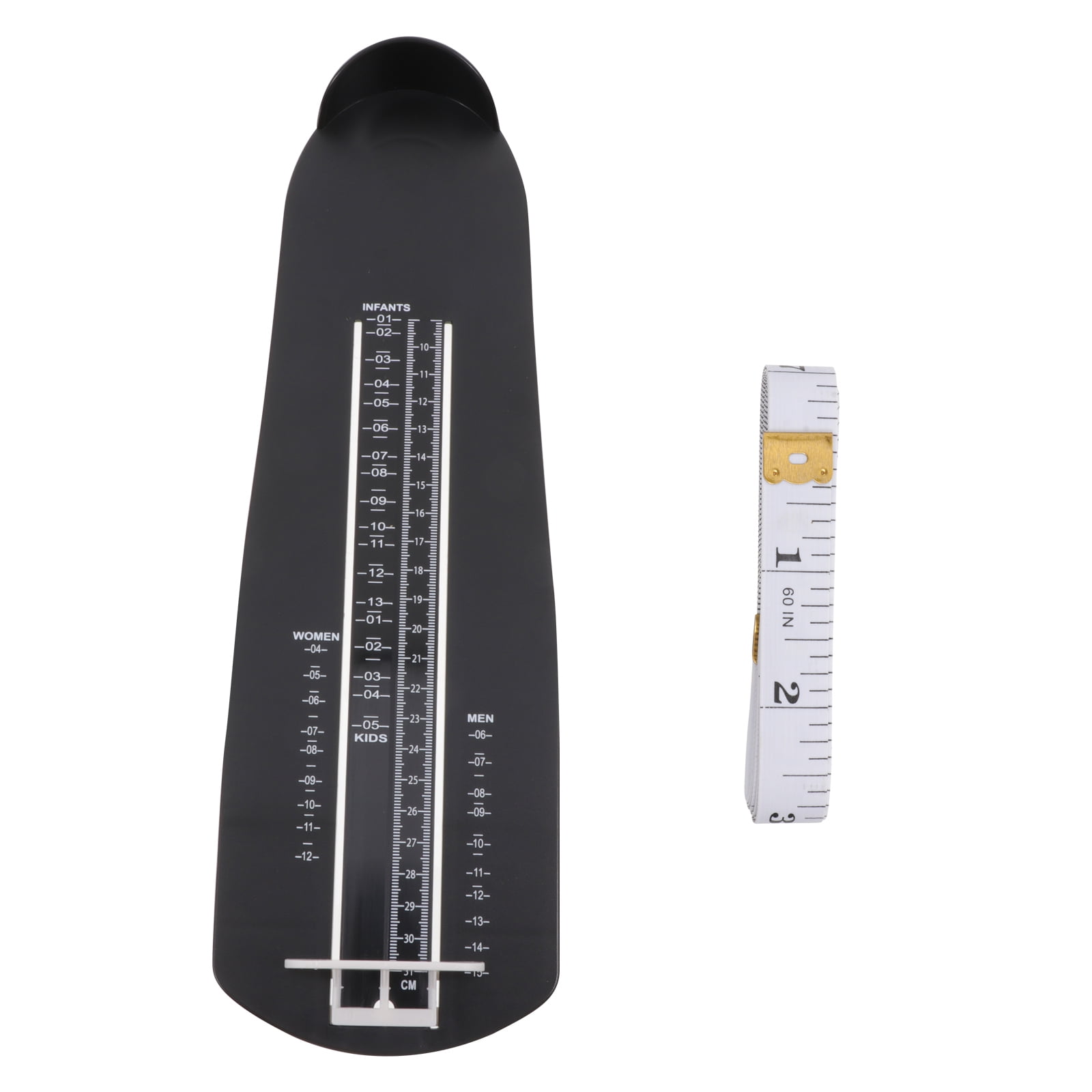

Tape measures are made from a variety of materials, including fiber glass, plastic and cloth. To measure the length of an object properly with a ruler, place the edge of the ruler against one end of the object and line up the zero mark on the ruler with one end of the object.A tape measure, also called measuring tape, is a type of flexible ruler. There are 10 millimeters in a centimeter, so you can divide millimeters by 10 to get the equivalent number of centimeters. Inches are divided into 1/8th inch increments, and centimeters are divided into millimeters. How long is a ruler?Ī ruler is typically measured in inches or centimeters. If you’re measuring an object’s circumference (aka its diameter), then you’d wrap the tape measure around it and read the number where it overlaps. (The number 1 is usually just the mark for the beginning of the next foot or inch.) So, if you’re measuring the length of something, you would start at one end and read the number at the other end. When measuring something with a tape measure including printable measuring tape, you always start from 0. Confusing, right? If you’re ever unsure, just remember that on an imperial ruler, the first line is at 0 and on a metric ruler, the first line is at 0 cm. You start from the left on a metric ruler because the first line is at 0 cm. This is because the first line on the ruler, say printable ruler in inches, is actually at 0 inches (or 0 cm). When you’re looking at an imperial ruler (the most common type in the U.S.), you start from the right (or the top, if you’re holding it upside down). Easy enough, right? You can also use a ruler calculator to make things even much easier and faster. If you’re looking to measure in centimeters, make sure to line up the 1cm mark on the ruler with the edge of what you’re measuring. The number on the left is always smaller than the number on the right, so you’ll always want to read from right to left.

Then, read the numbers to the right of the 0. Start by lining up the 0 on the ruler with the edge of whatever you’re measuring.
#Measurements on a ruler how to#
How to read an Inch ruler or tape measure by MooMooMath Where do you start reading a ruler? With a little practice, you’ll be able to read any ruler with ease! More about reading a ruler or tape measure explained (video) This will give you a better sense of how the two systems compare. Another way to improve your rule reading skills is to use a ruler that has both metric and imperial measurements. This will give you a sense of how the numbers are positioned on the ruler and help you develop a more intuitive understanding of the scale. You can also try reading millimeter markings from 0 to 100.

For instance, try reading centimeter markings from 0 to 10, and then work your way up. If you’re just starting out, it might be helpful to practice reading ruler measurements in small increments. What is the easiest way to learn reading a ruler? Many rulers also have smaller divisions along the edges, which can help measure smaller objects. If you’re looking for inches, then line it up with the inch measurements instead.

If you’re looking to measure something in centimeters, then you should line up that number with the line that’s marked with centimeter measurements. The most important line on a ruler is the one in the middle, which is usually divided into inches and centimeters. In general, the lines get thicker as they get closer to the edges of the ruler. The lines on a ruler, such as a printable ruler in cm, help you measure things accurately. Then, count the number of units between that line and the ruler’s edge. To measure an object, place it so that one edge touches the line on the ruler that corresponds to the object’s size. The other lines are spaced evenly apart and represent larger units of measurement. The first line (the one closest to the ruler’s edge) is usually the smallest unit of measurement. The trick is to use the lines on the ruler to measure the size of the object you’re measuring. Reading a ruler may seem like an easy task, but it can be a little confusing if you’re not sure how to do it.


 0 kommentar(er)
0 kommentar(er)
